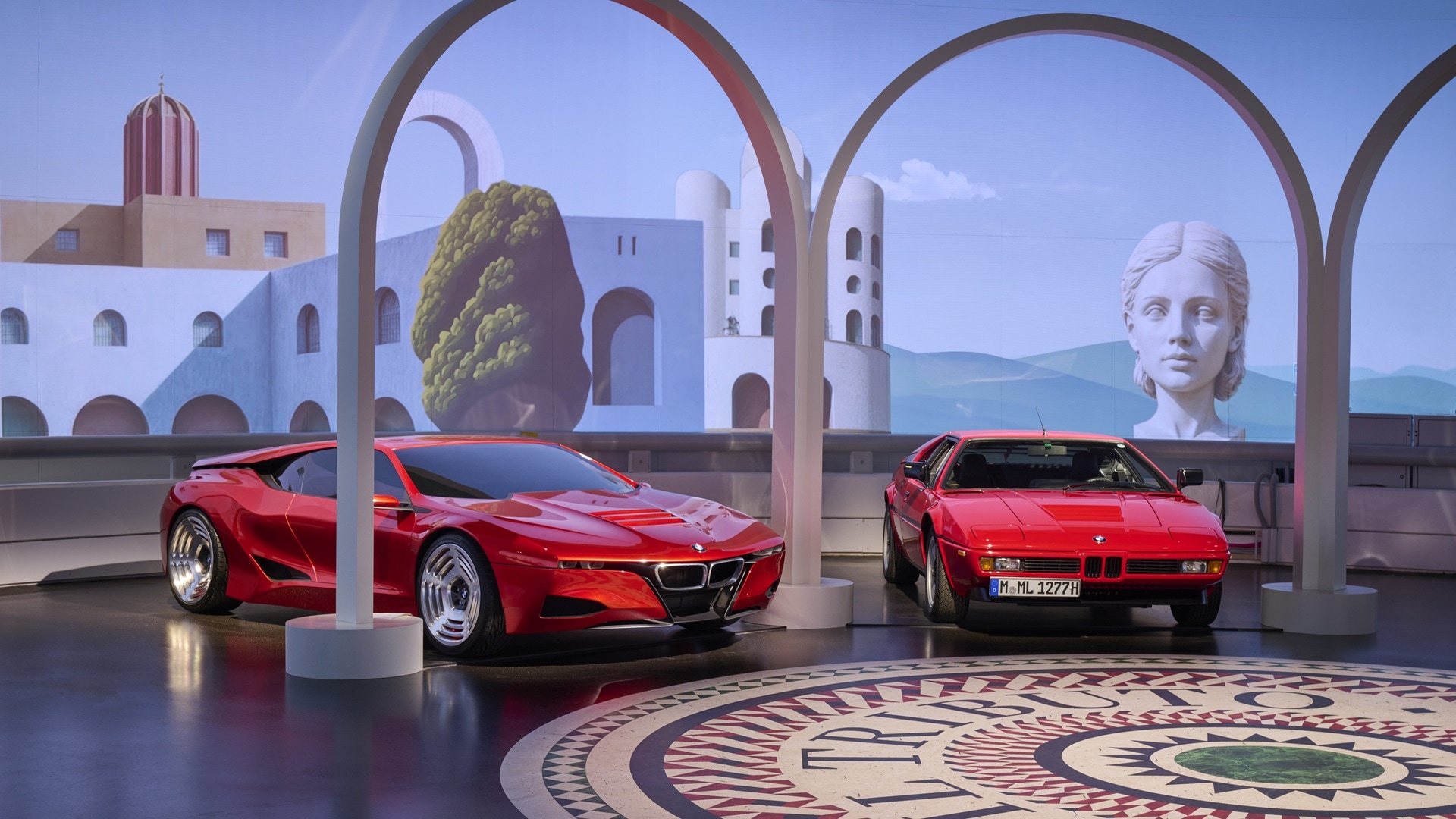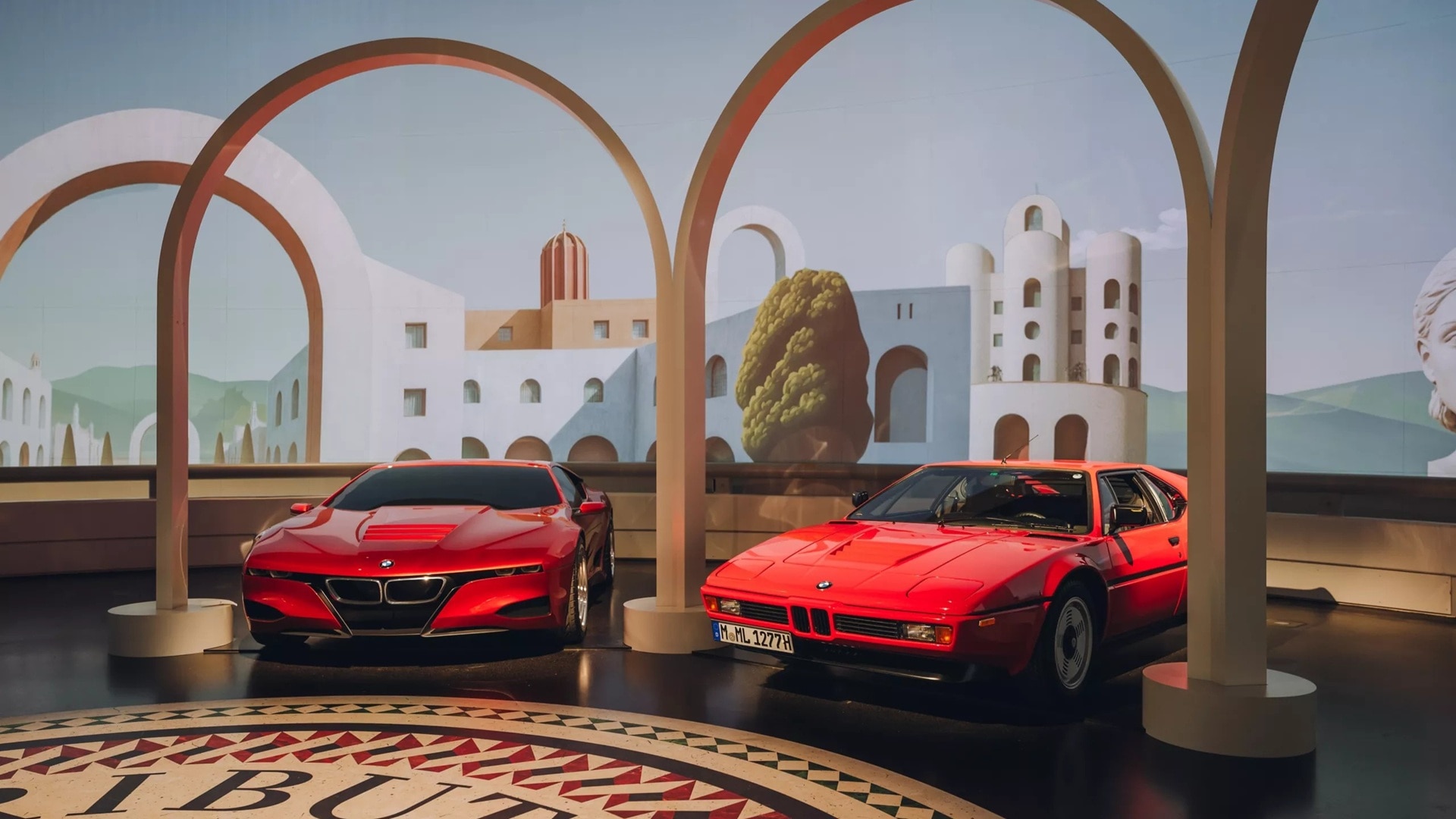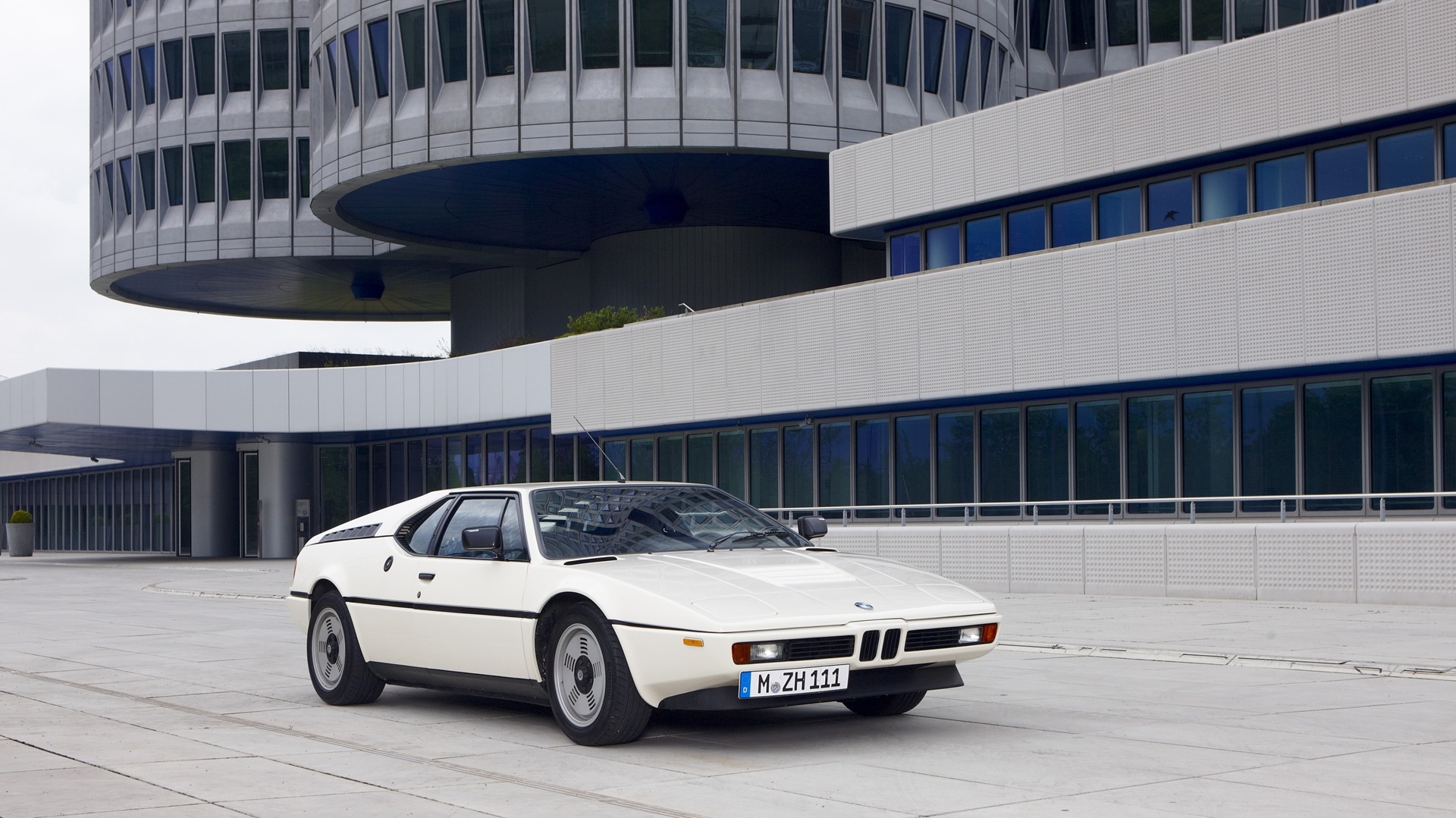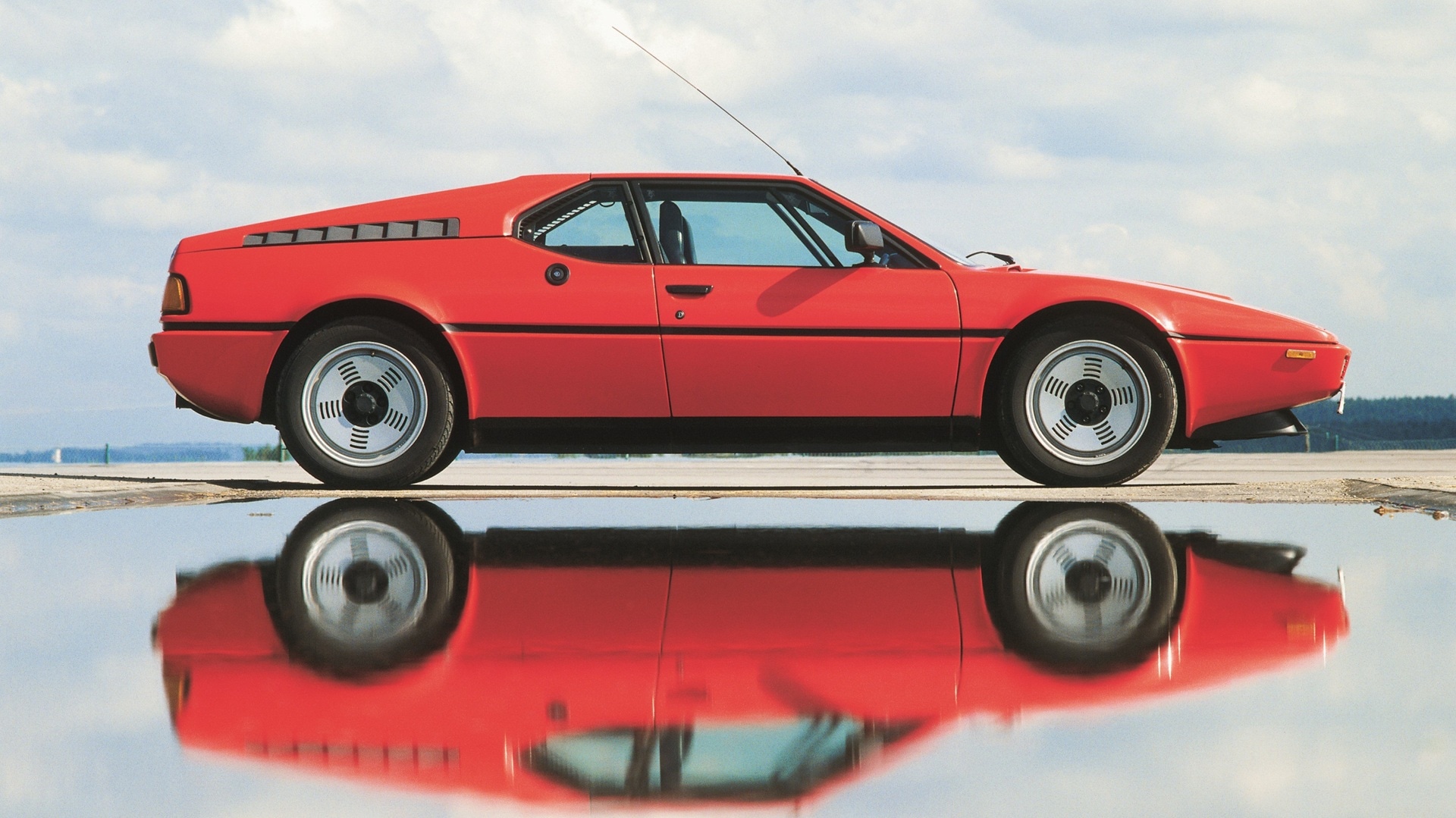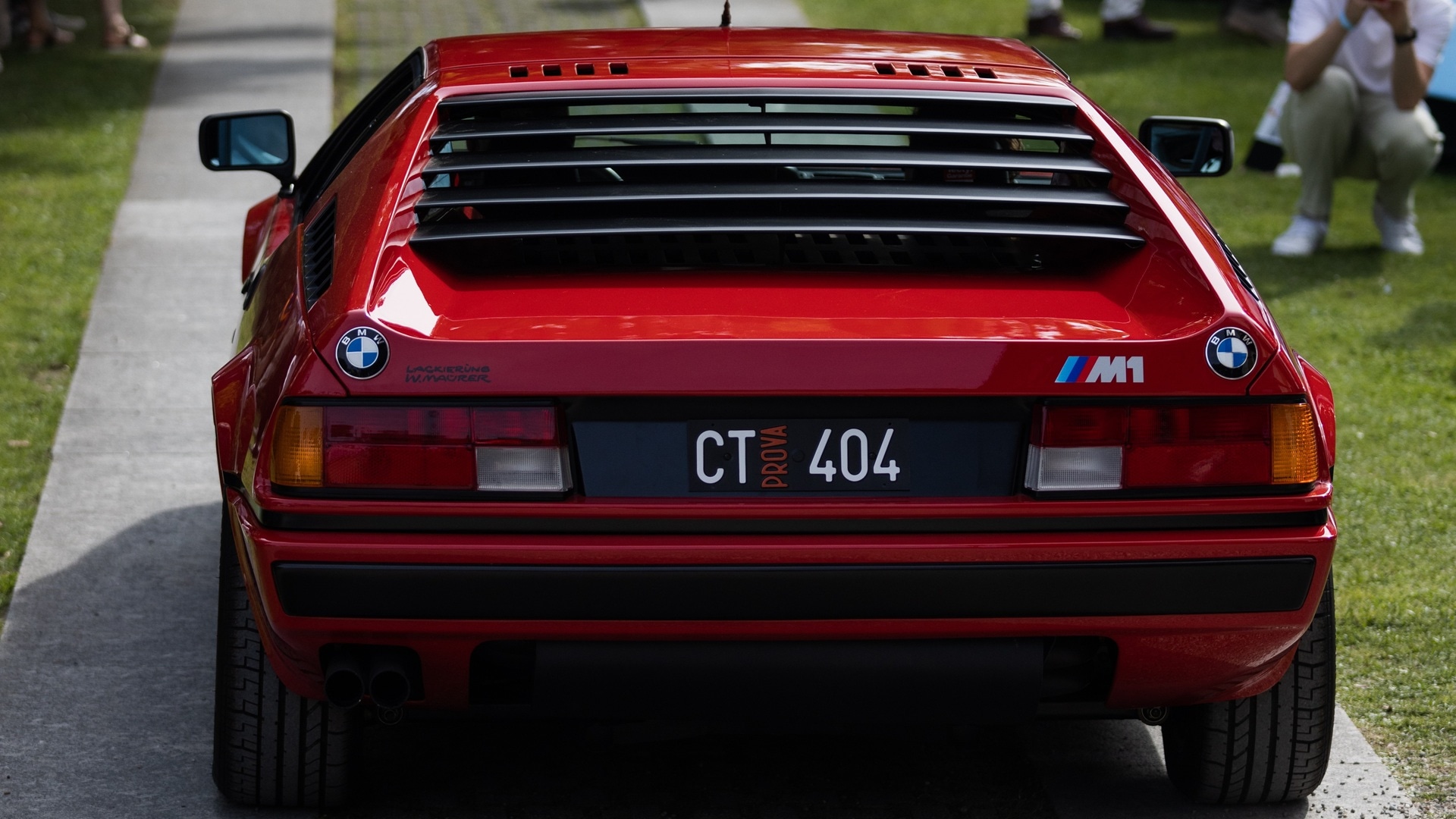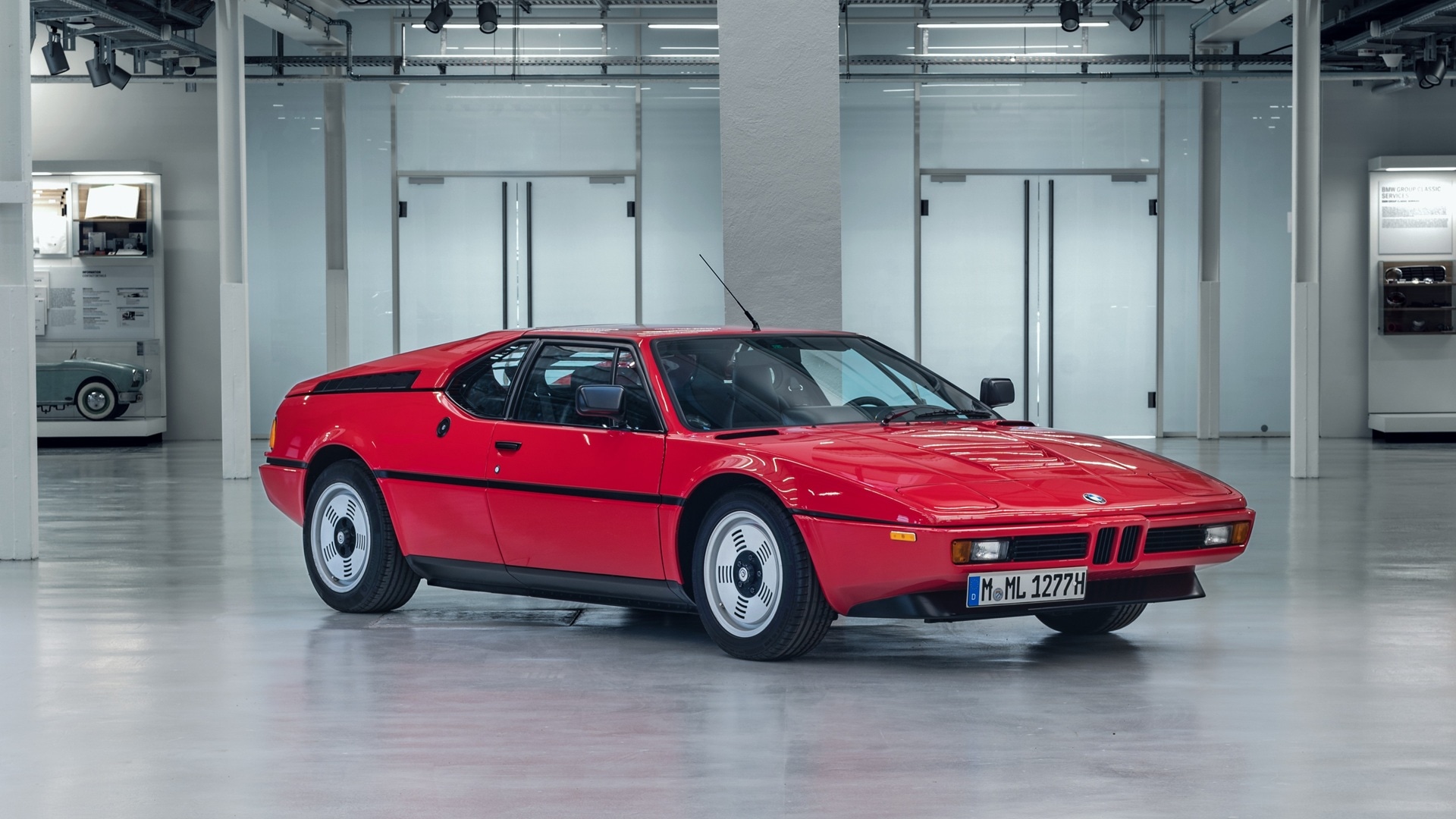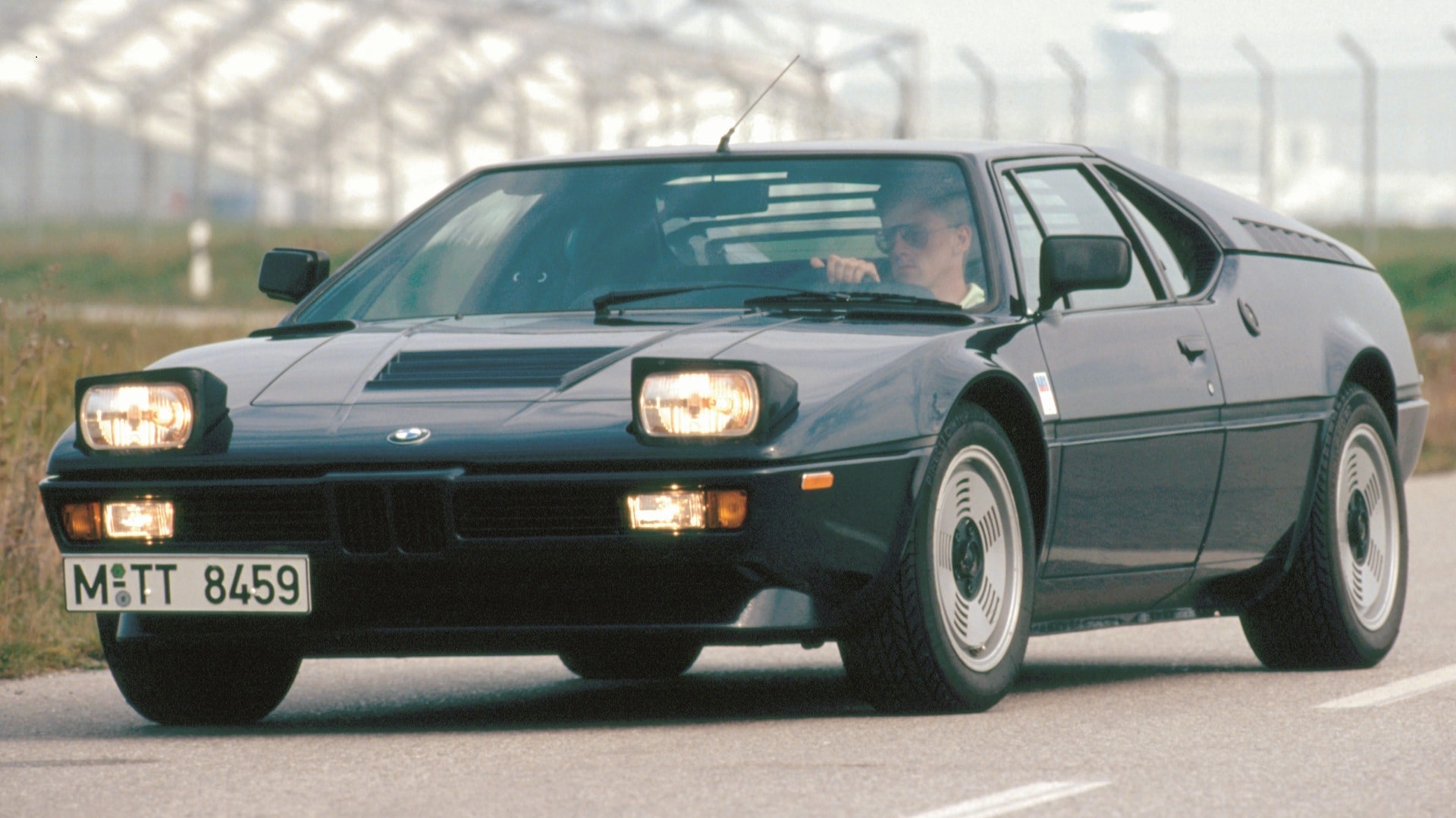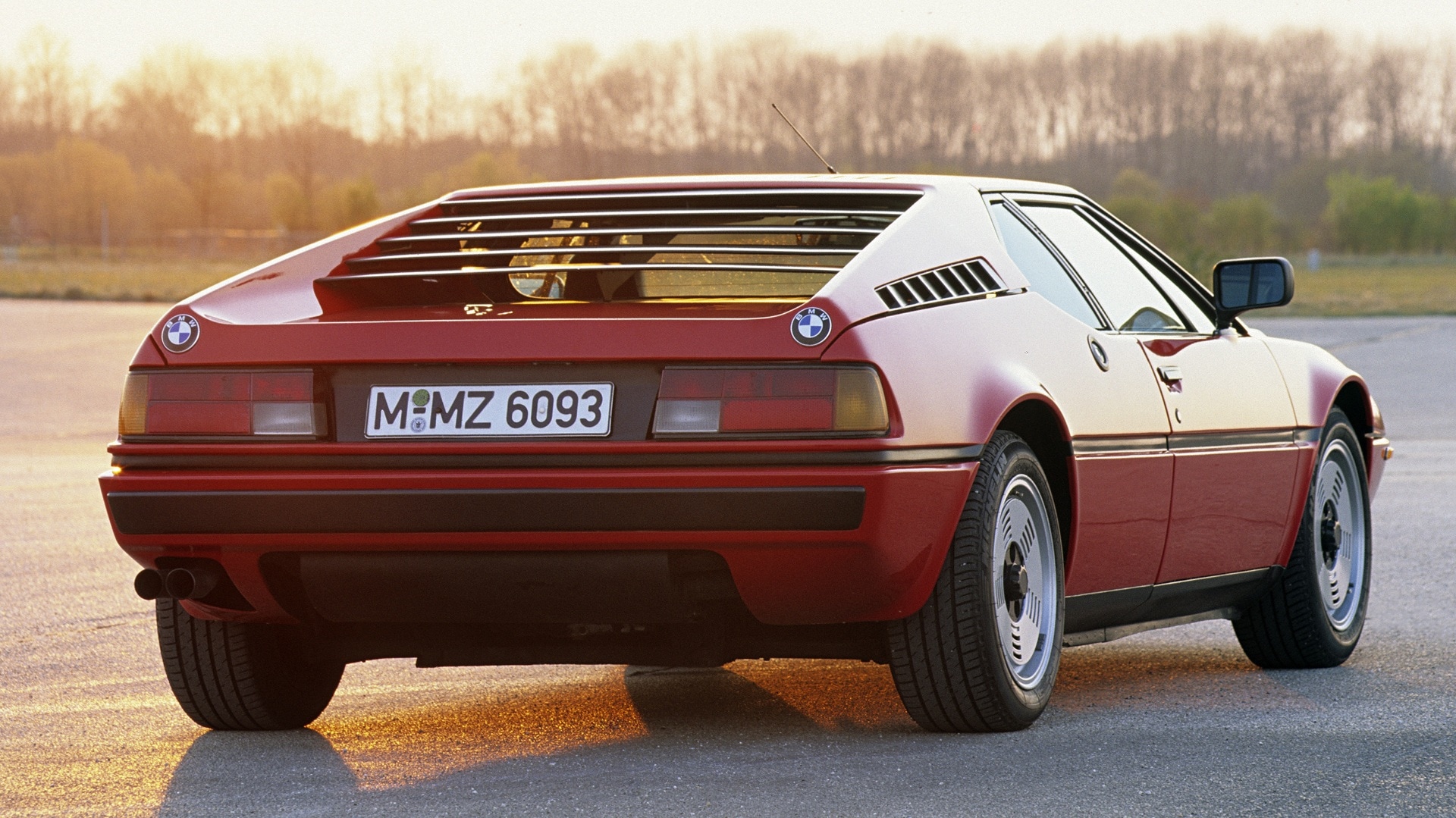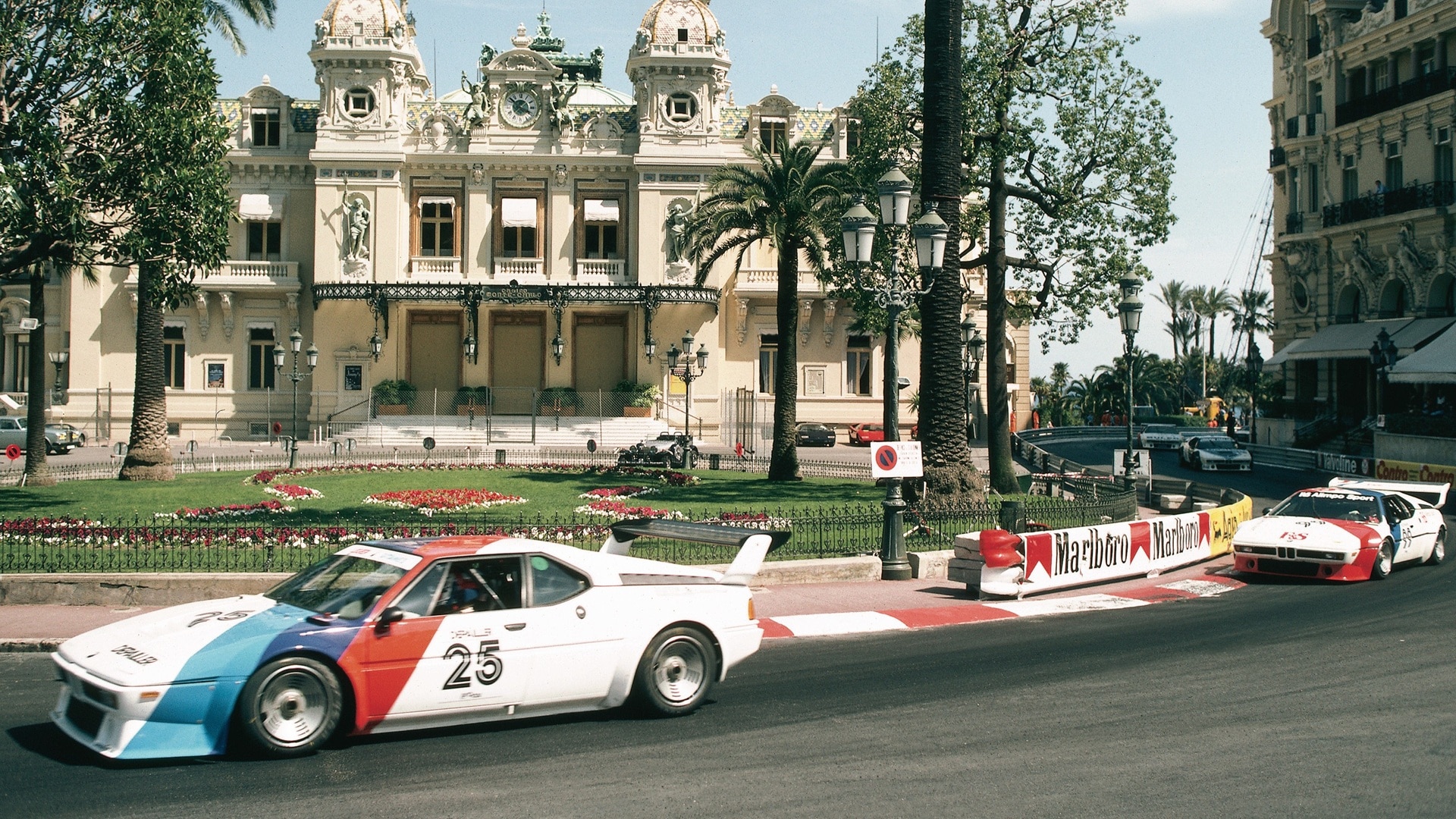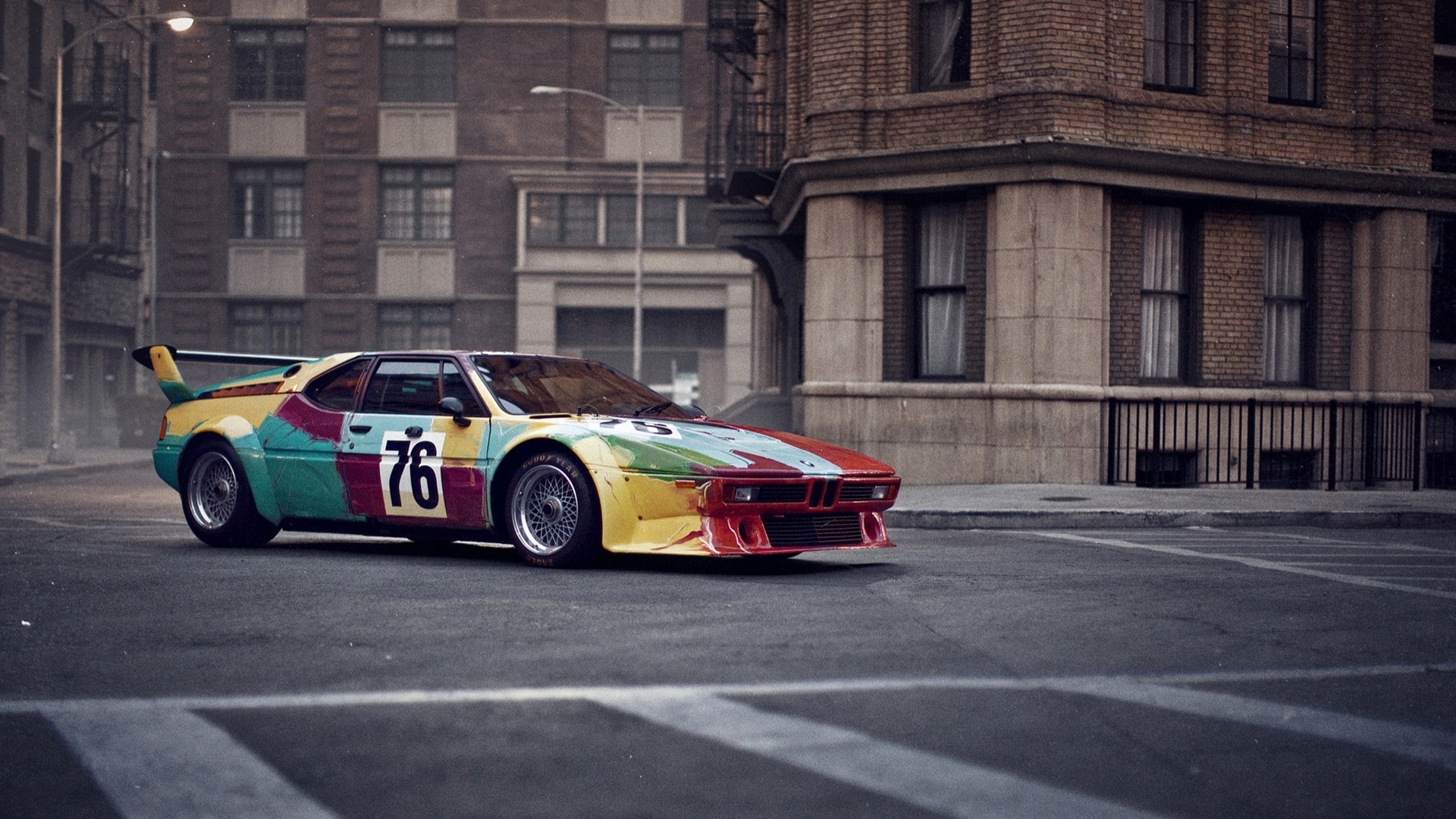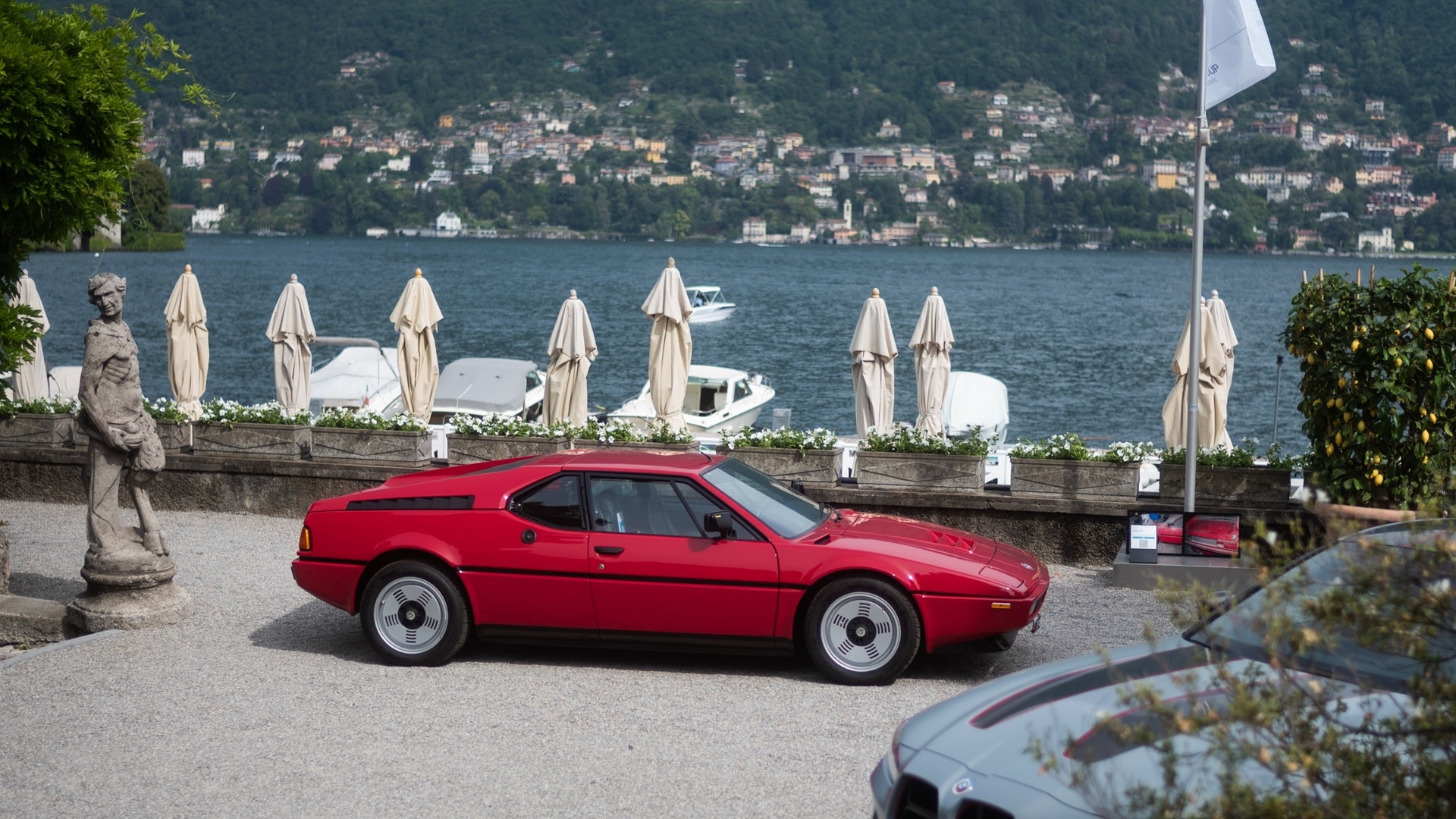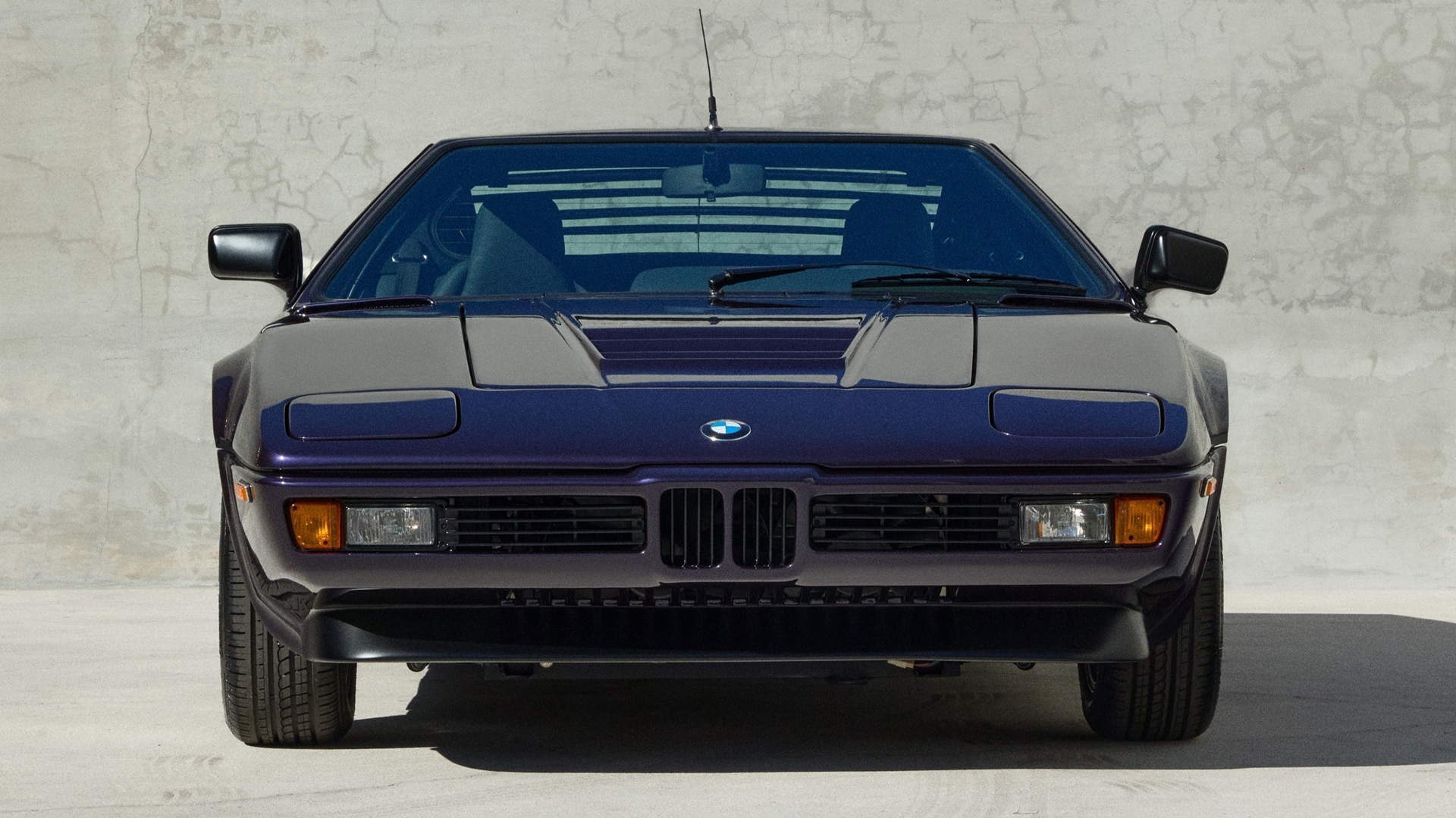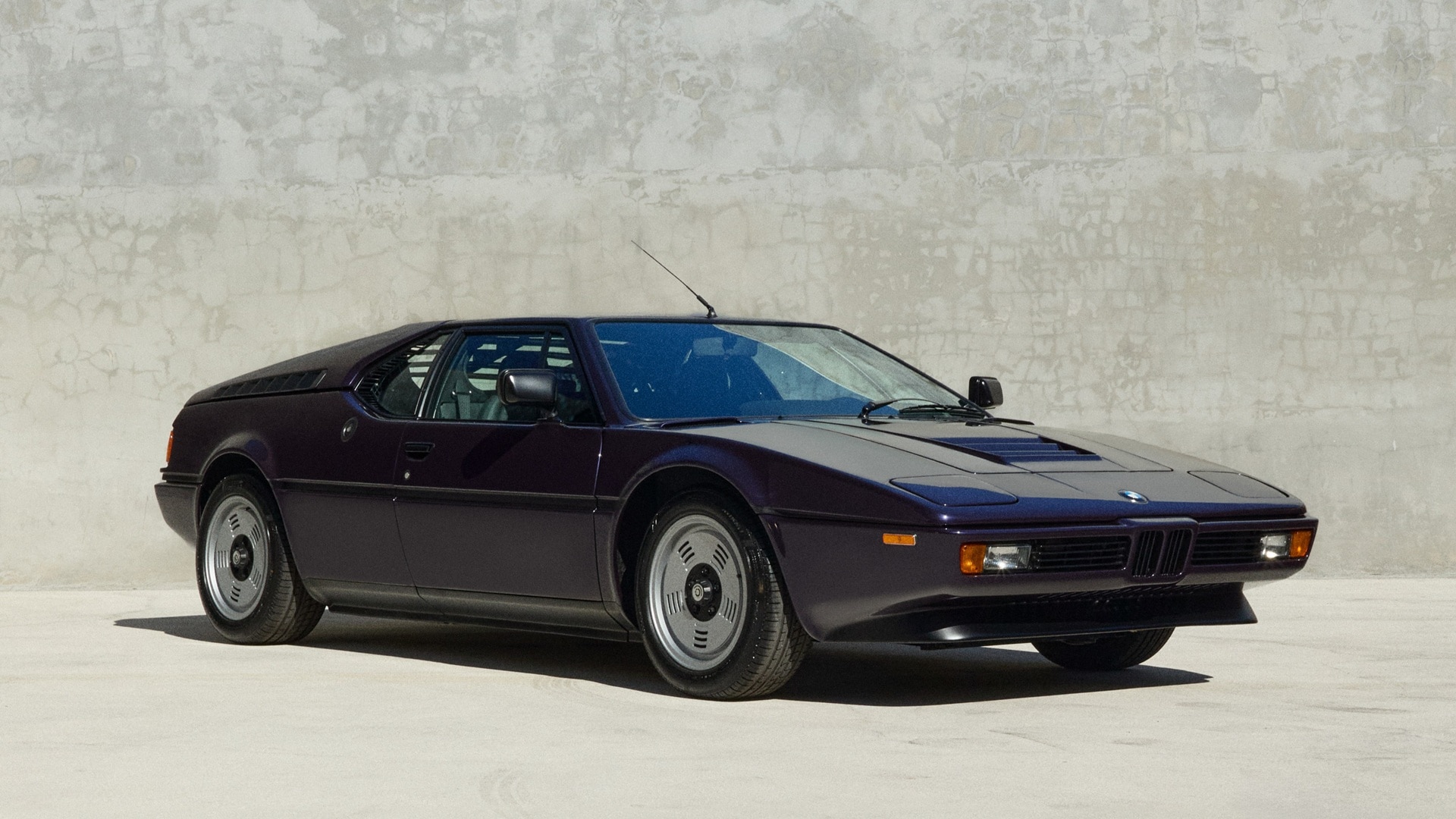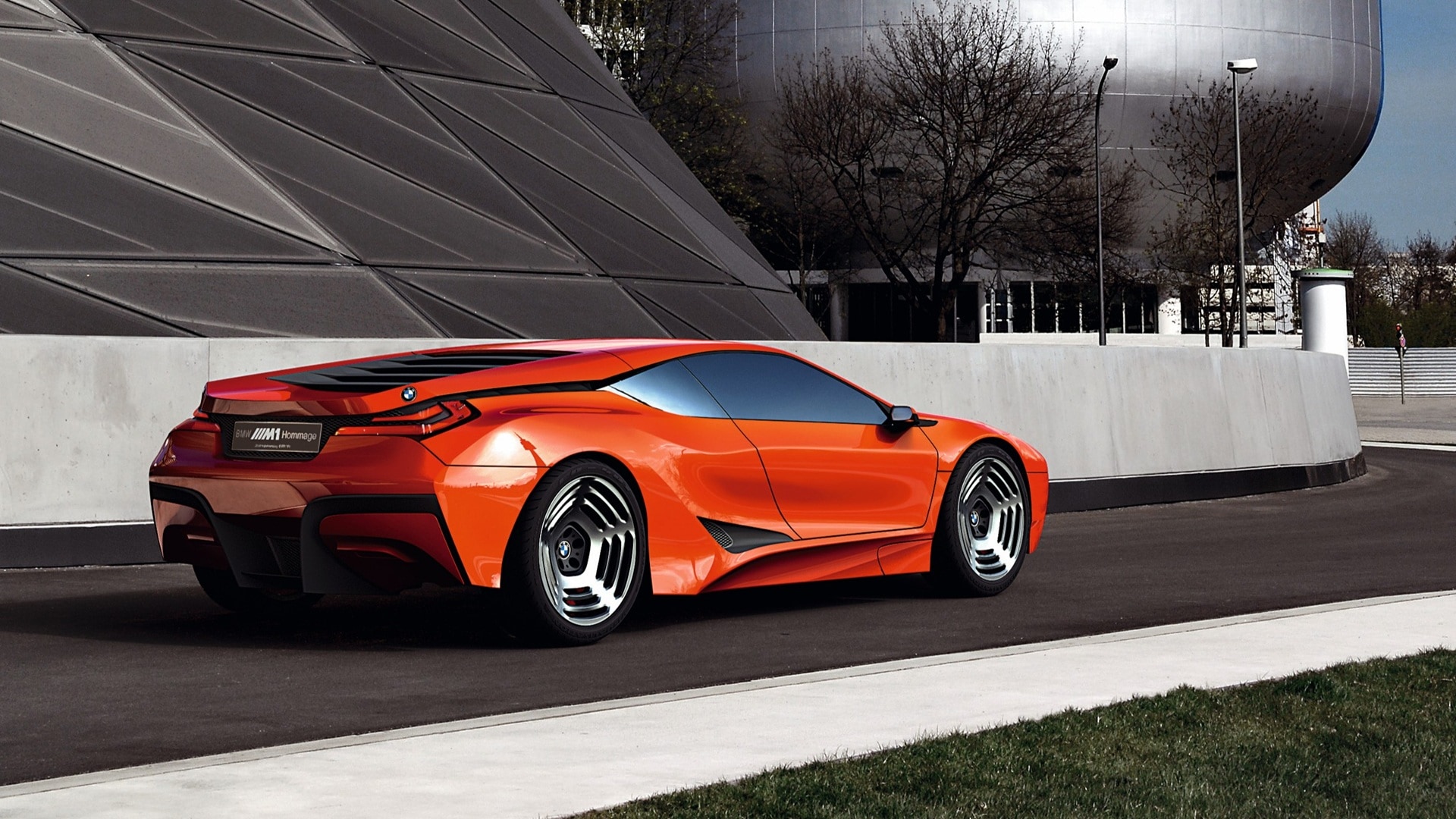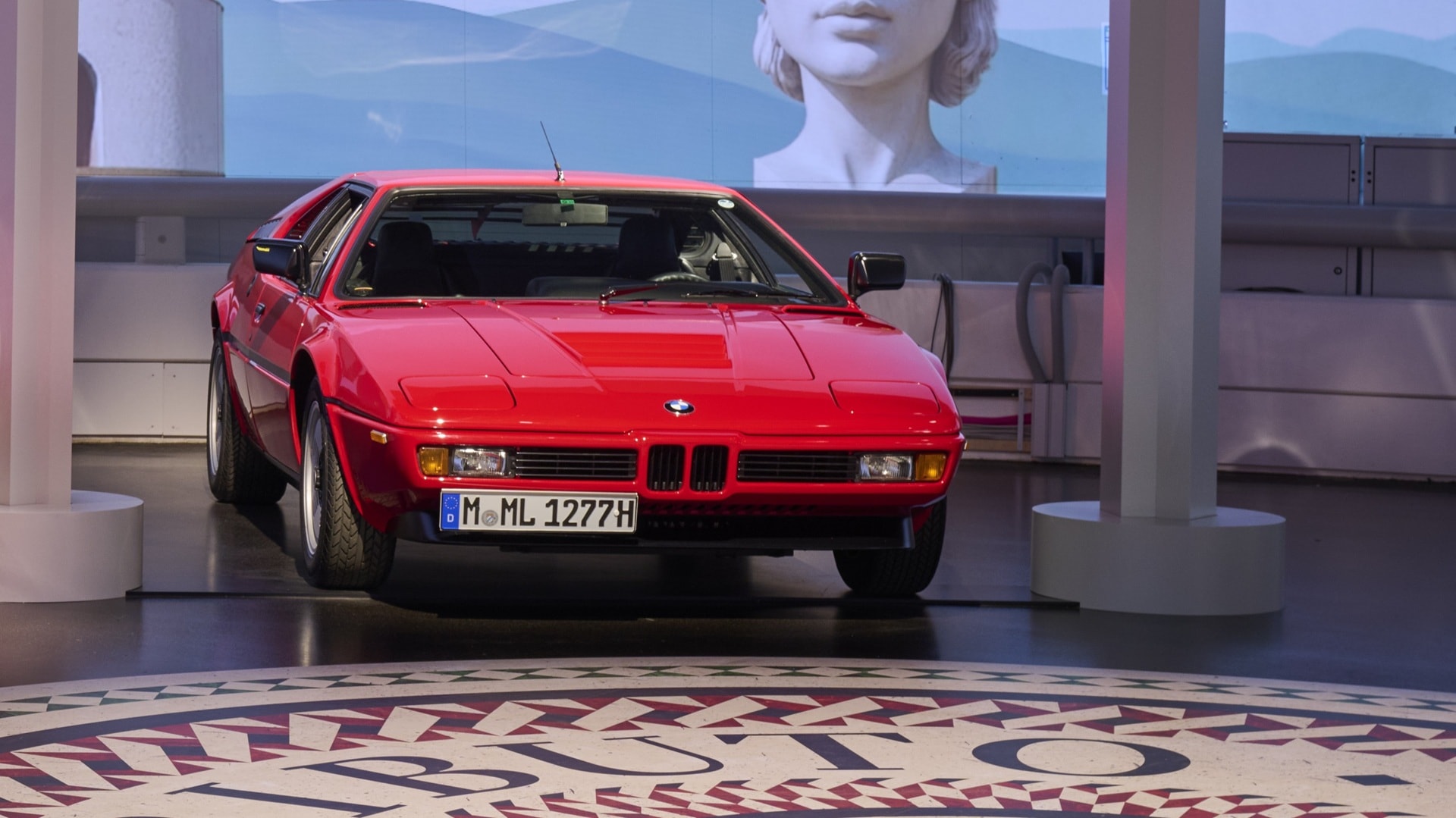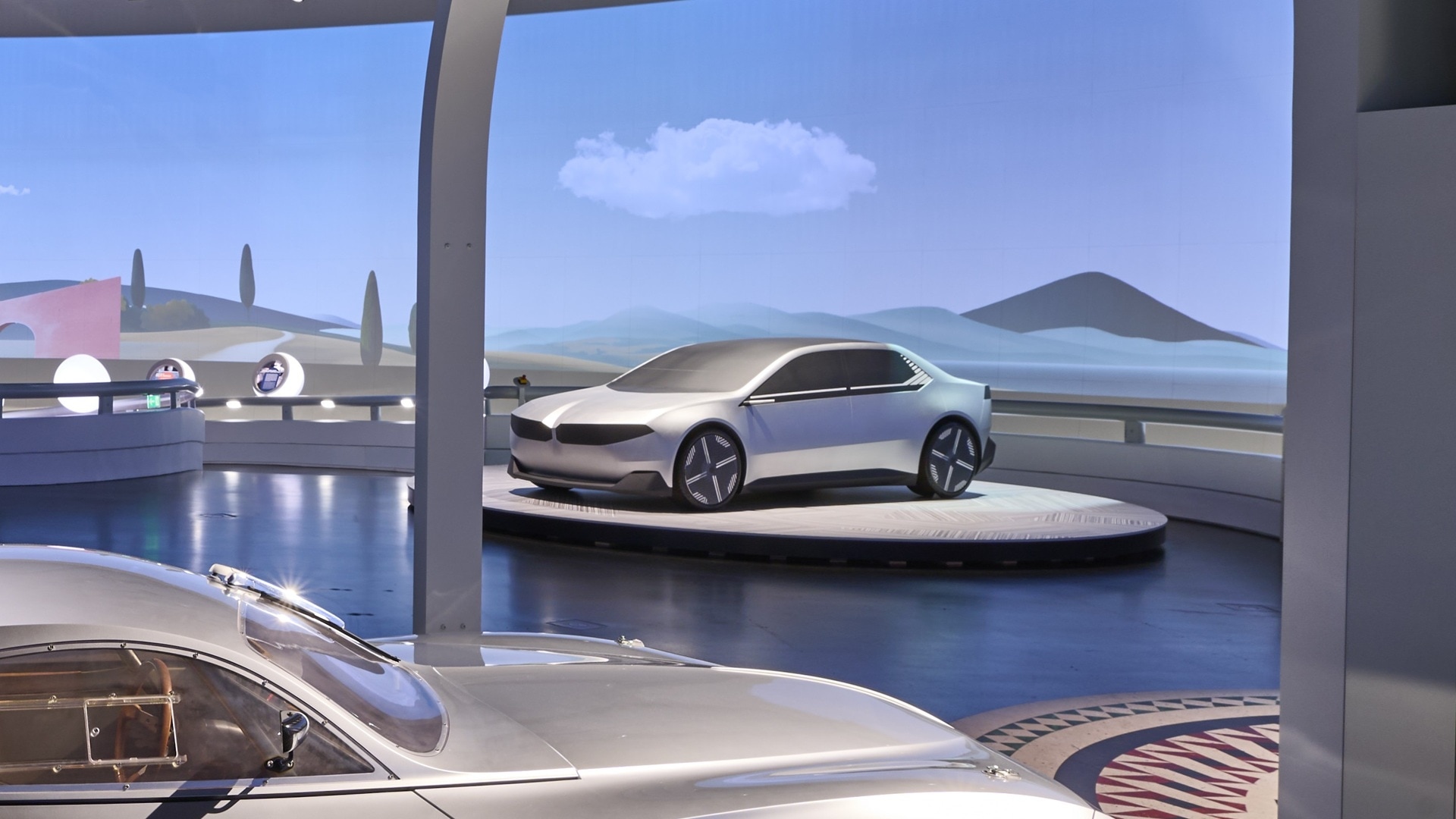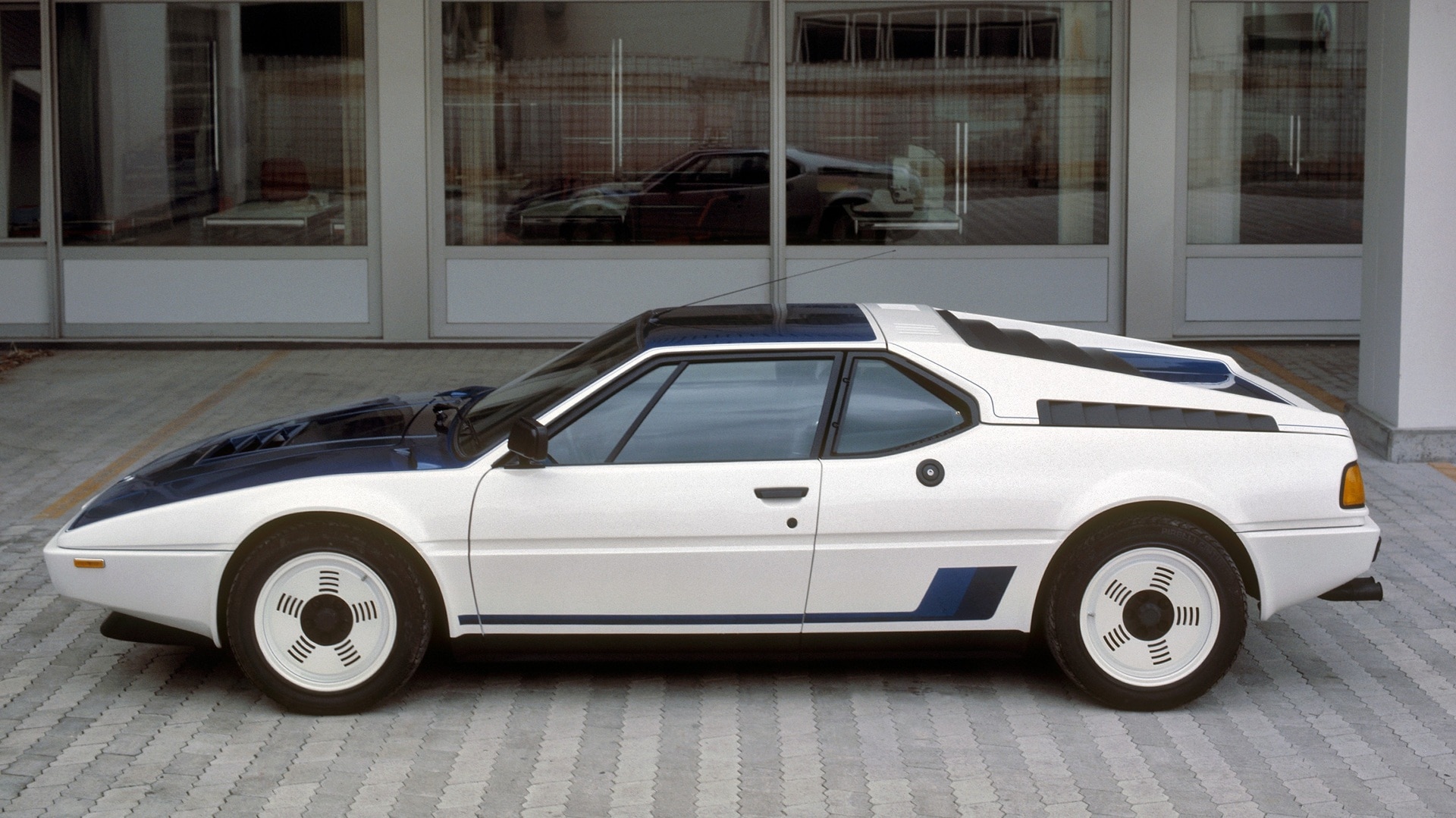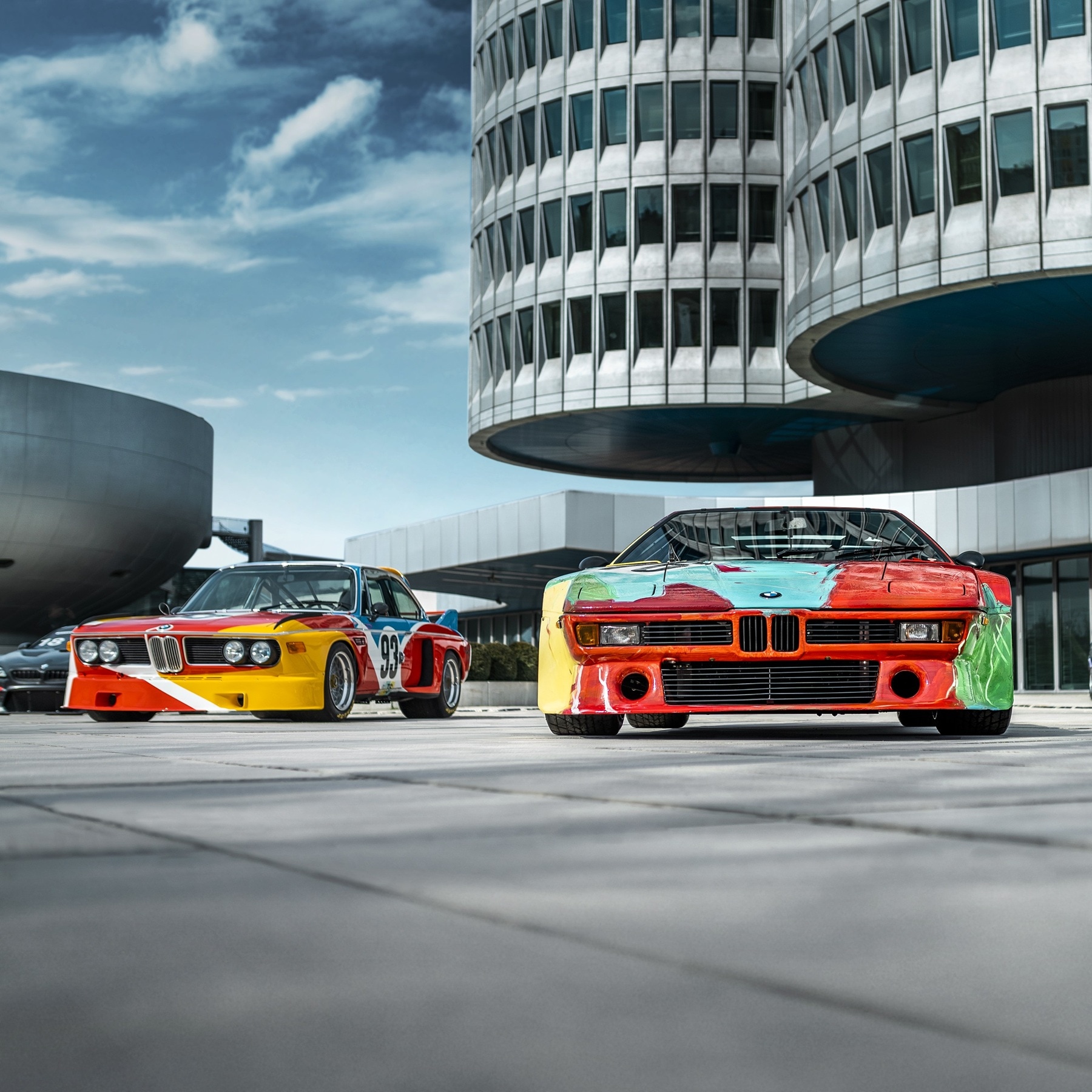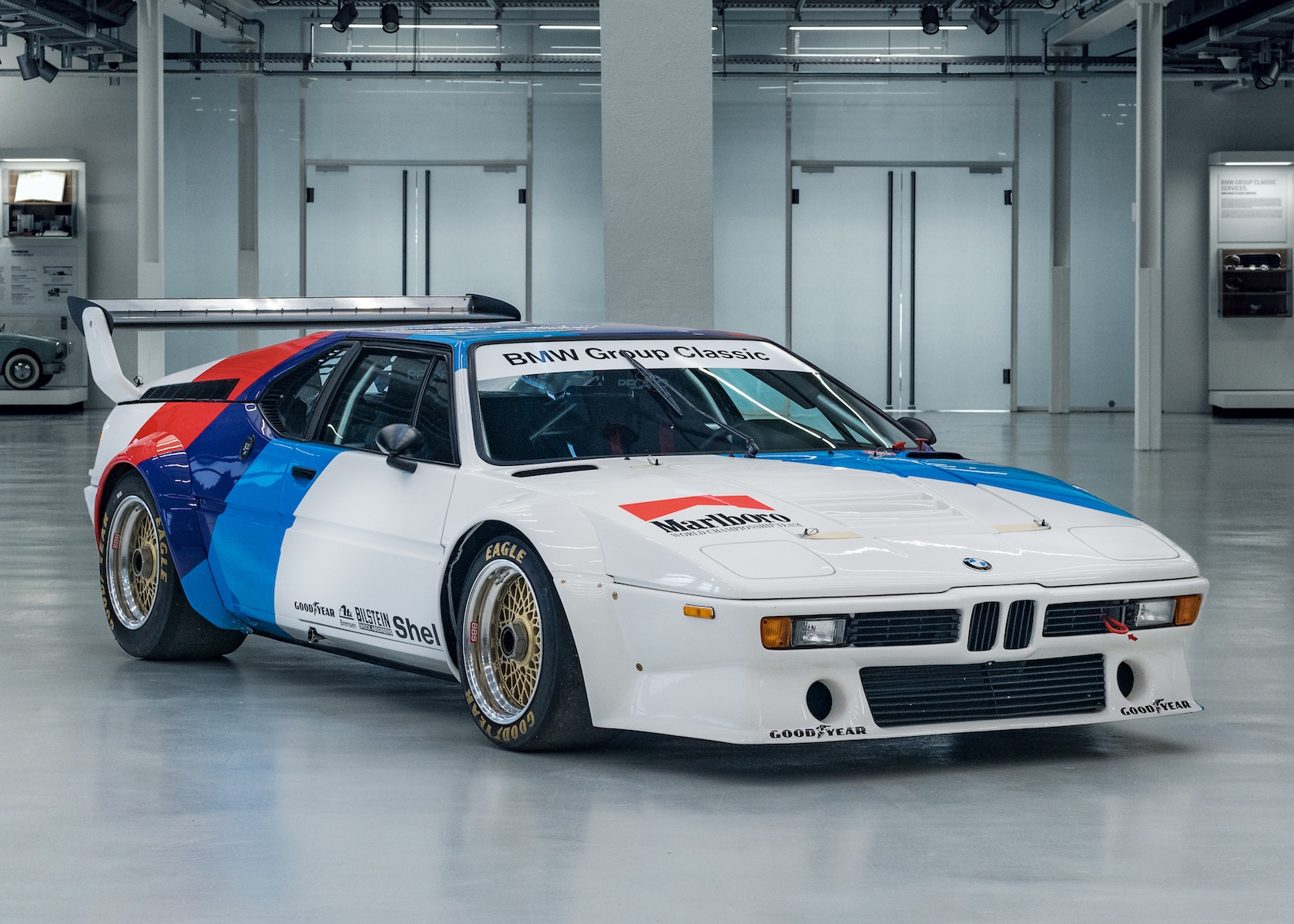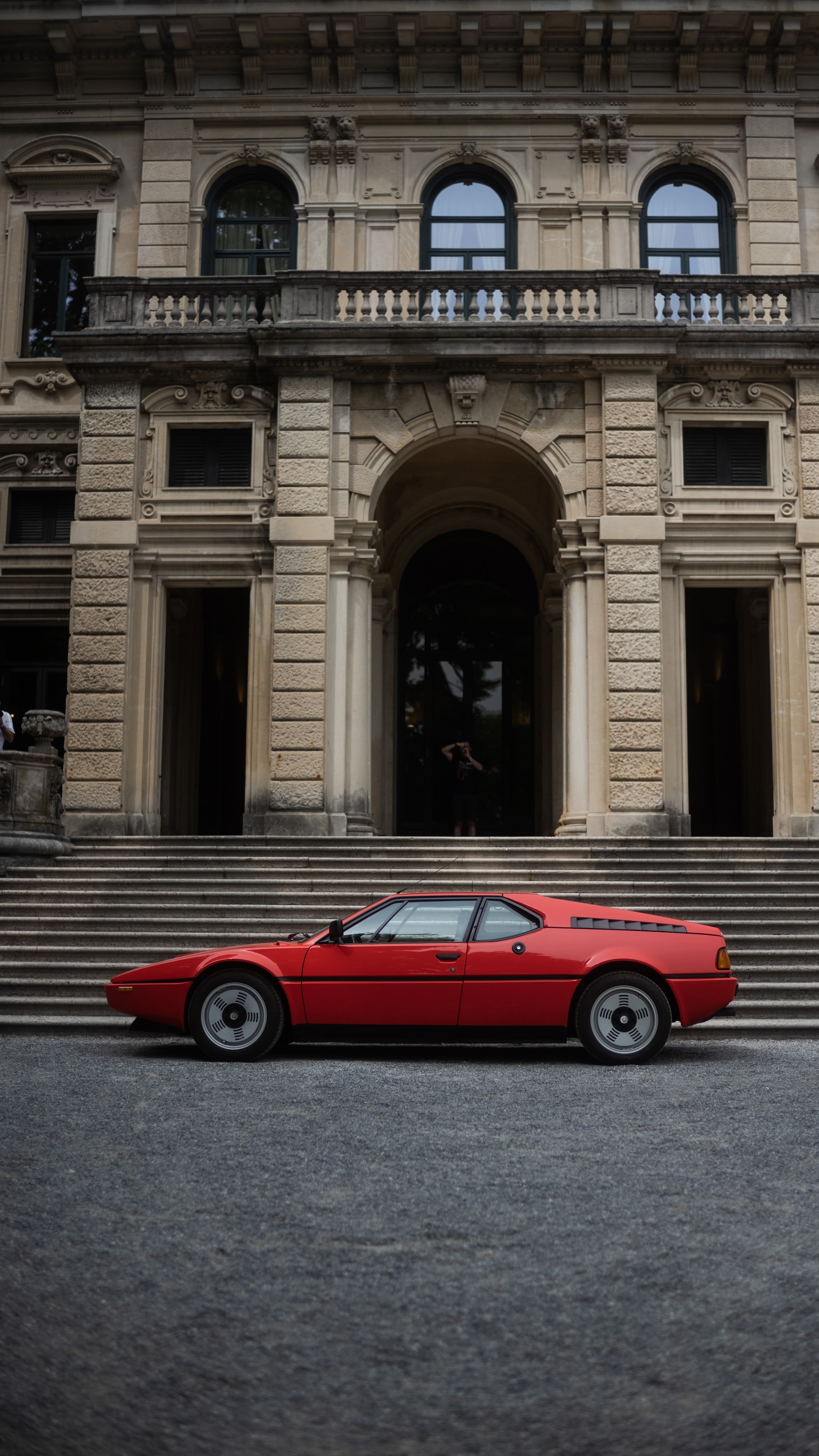
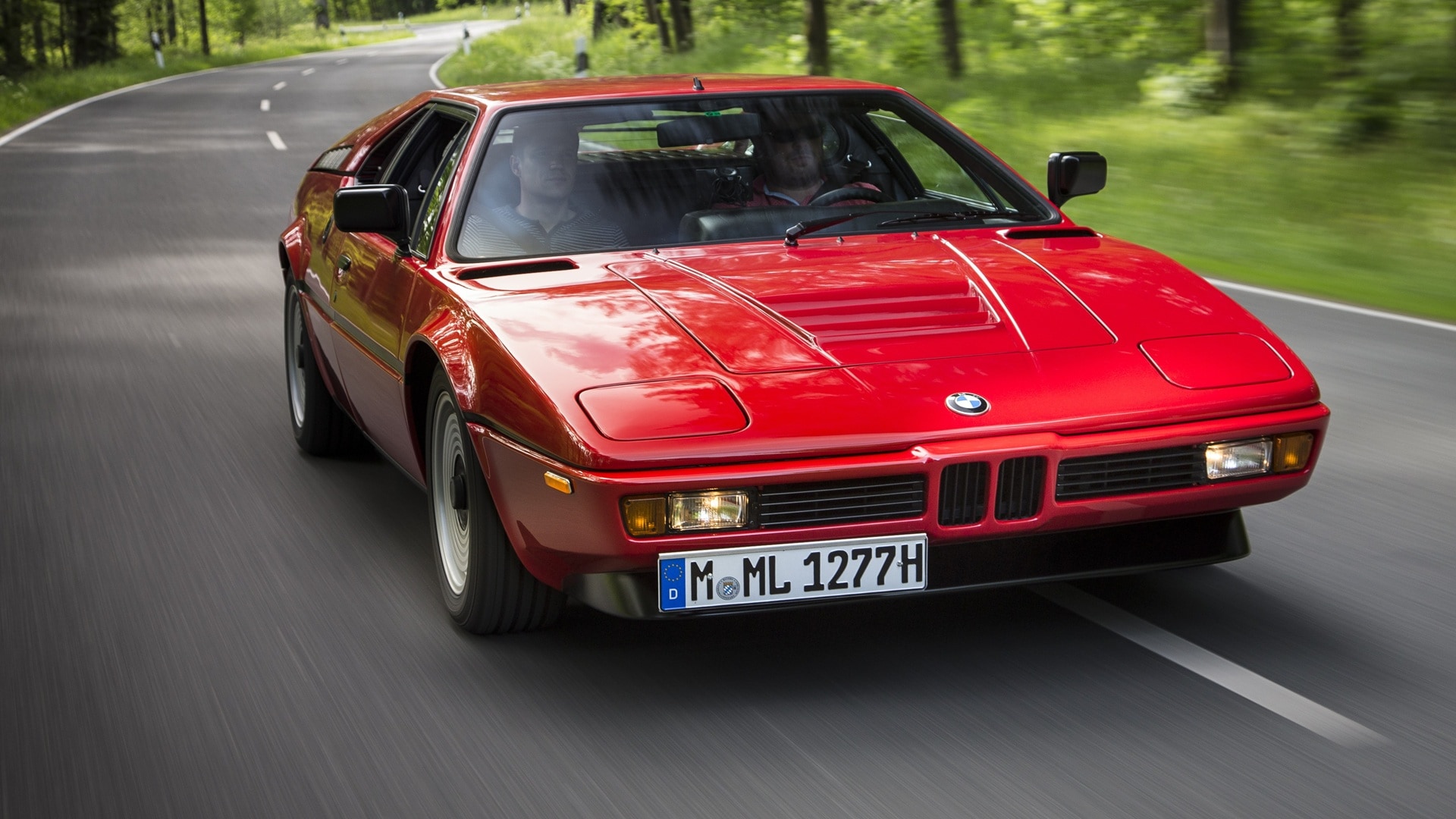
The timeless Italian aesthetic, which has always set standards in fashion, interior and product design, has also produced numerous beautifully designed automobiles. A true instant design classic is the BMW M1 by the then up-and-coming designer Giorgetto Giugiaro, whose now legendary company Italdesign was commissioned in 1975 to design the body for a super sports car from BMW M. The result: when the BMW M1 rolled out into the spotlight in 1978, it was instantly regarded as a superlative vehicle – and continues to set standards in terms of performance and design to this day.
The exhibition ‘Belle Macchine. Italian Automotive Design at BMW’ at the BMW Museum in Munich wants to pay tribute to this significance. With numerous design drawings from the BMW Design Archive, exhibits and historic vehicles, it offers a fascinating insight into the design history of BMW.
The combination of Italian design and German engineering has been a key factor in BMW’s rise to become a premium manufacturer.
Curators of the exhibition ‘Belle Macchine’
BMW M1 – BELLA MACCHINA.
The collaboration between the Bavarian vehicle manufacturer and Italian designers dates back to the 1930s. But there is hardly any other vehicle that demonstrates the significance of this synergy more impressively than the BMW M1. Its flat, low-slung design combined with the wedge shape so admired by Giorgetto Giugiaro is considered the epitome of super sports car design. Although only slightly more than 460 cars were built, the BMW M1 and its design have a significance that has lost none of its expressive power.
BELLISSIMO LOGO.

BELLISSIMO LOGO.
Just as remarkable as the BMW M1 itself was the fact that it was the first model to feature the definitve M logo. After several years and numerous development stages, the familiar M with the three coloured stripes slanted to the right and leaning against the letter M appeared for the first time in 1978 on the rear of the BMW M1. The logo, which has been the unmistakable trademark of BMW M ever since, was also designed by Giorgetto Giugiaro.
A person who has dedicated their whole life to research and design usually only gets to see whether their work was good and meaningful many decades after the fact.
Designer
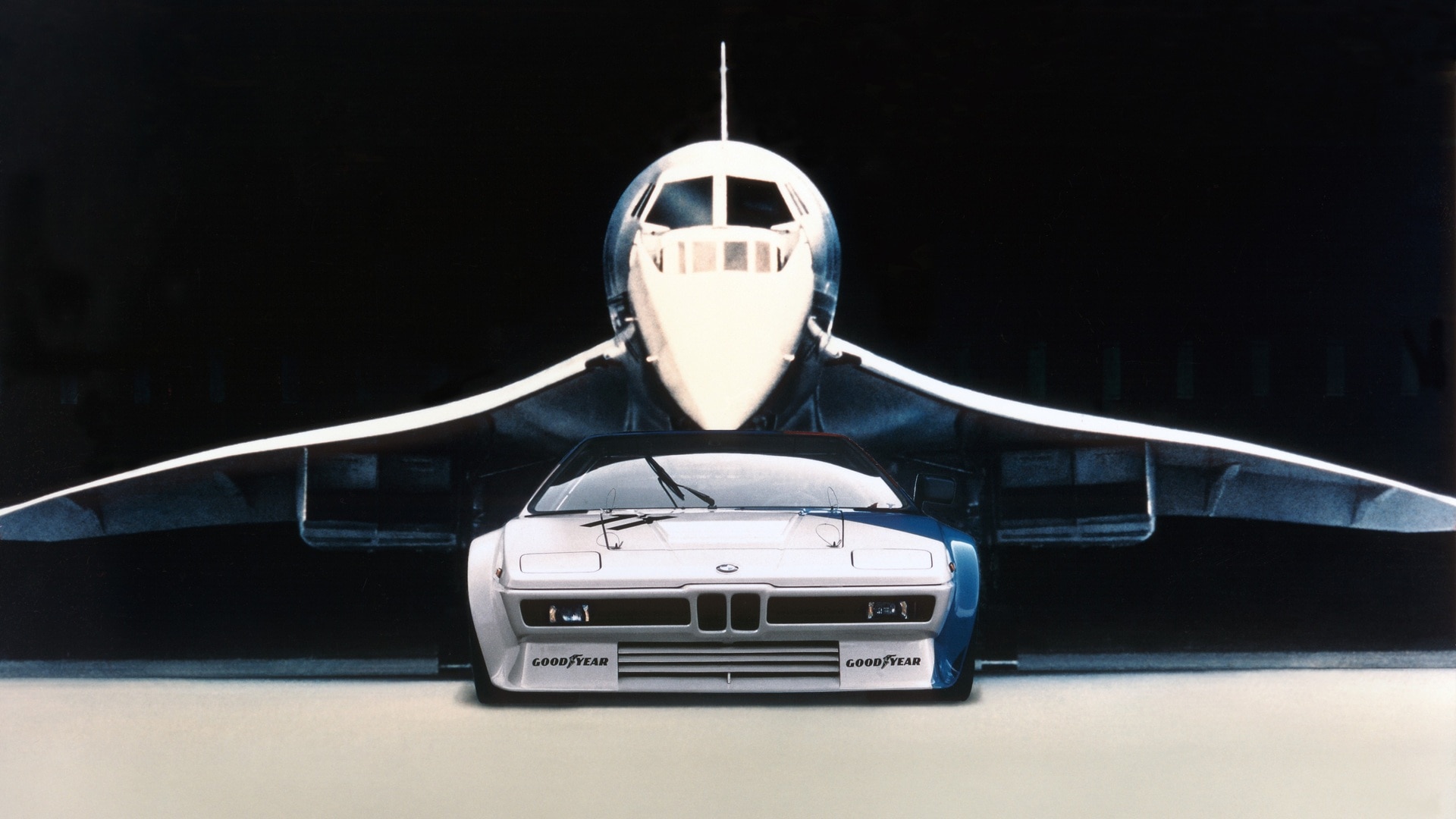
BMW M1 DESIGN – THEN …
BMW M1 DESIGN – THEN …
The design of the BMW M1 was based on one of the most famous concept cars in the history of BMW, the BMW Turbo designed by Paul Bracq, which was unveiled at the 1972 Olympic Games and featured a rear engine. Giugiaro designed lighter, less imaginative lines for the M1, partly to accommodate the mid-engine concept. The result was the legendary wedge shape and such distinctive features as the pop-up headlights, the flat kidney grille at the front, the black slats above the rear window and, above all, the low overall height of just 1.14 metres.
The design process began with a very practical reason: the BMW M1 was conceived as a road-legal racing car for homologation in various racing classes. In addition to the BMW M1 Procar Championship in 1979 and 1980, the M1 competed in various racing series until 1986, including the 24 Hours of Le Mans. At the same time, however, the wedge-shaped super sports car sparked interest far beyond the racetrack. Over the years, the super sports car developed into a coveted collector’s item, which has contributed significantly to the vehicle’s enduring fame.
… AND NOW.
… AND NOW.
The BMW M1 is much more than just a great piece of engineering from its time, as proven by its lasting influence on pop culture. As a rolling sculpture, it quickly became a favourite of visionary artists – especially Andy Warhol. Just one year after its market launch, the founding father of pop art himself picked up a paintbrush and transformed the M1 into one of the most BMW Art Cars to date. Since then, the wedge-shaped super sports car has not only fascinated car enthusiasts, but also curators, exhibitors and creative minds from all over the world. The M1 is a regular showpiece at what is probably the most influential competition for historic cars, the Concorso d’Eleganza Villa d’Este. And at the end of 2024, New York designer and fashion entrepreneur Ronnie Fieg created a one-off BMW M1 for Art Basel Miami: the 1981 BMW M1 E26 by Ronnie Fieg in BMW Individual Frozen Techno Violet metallic.
If you can manage to come up with a clean, simple design language, it will stand the test of time.
Head of BMW Group Design
DESIGN LEGACY ON WHEELS.
This means that the BMW M1 not only remains present in cultural memory, but also physically in the spotlight – not least since June, when it became part of the new permanent exhibition ‘Belle Macchine’ at the BMW Museum in Munich. Visitors to the exhibition, which spans five platforms and ramps in the iconic BMW Museum Bowl, can view a total of 23 rolling design icons from BMW. The highlight and finale is a model of the BMW Vision Neue Klasse, the current successor to the Italian-influenced historic ‘Neue Klasse’, as well as special vehicle studies such as the BMW M1 Hommage. Designed by former head of design Chris Bangle to mark the 30th anniversary, the study was based on Giorgetto Giugiaro’s original from 1978 and transposed the concept into the 21st century.
Thus, BMW is paying tribute to the achievements of the Italian designers of the time and reinterpreting this design history as a source of inspiration for the current design language.

